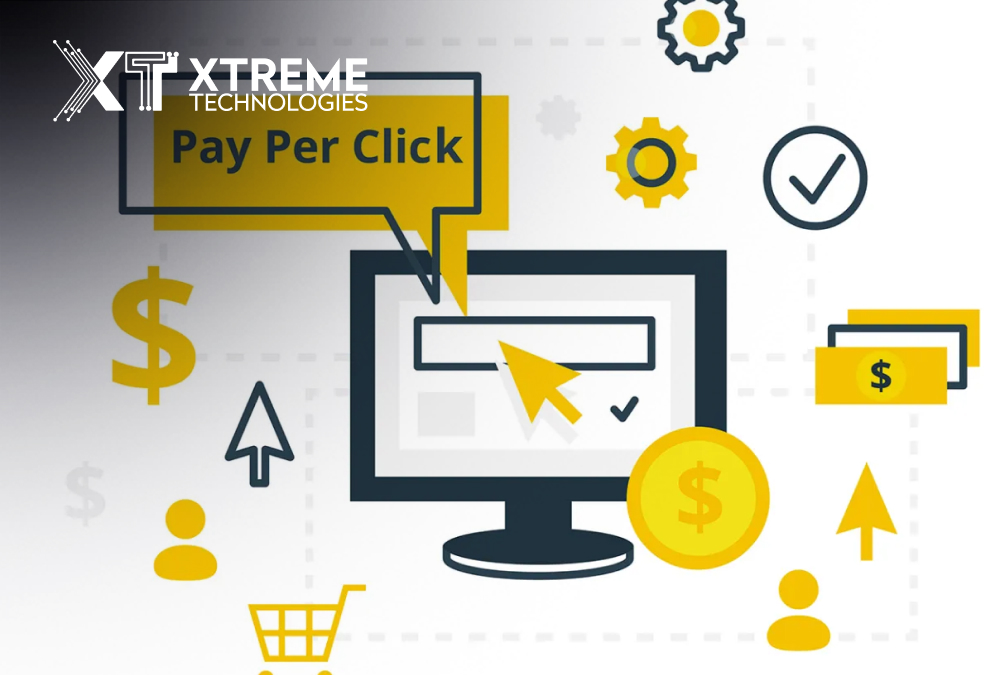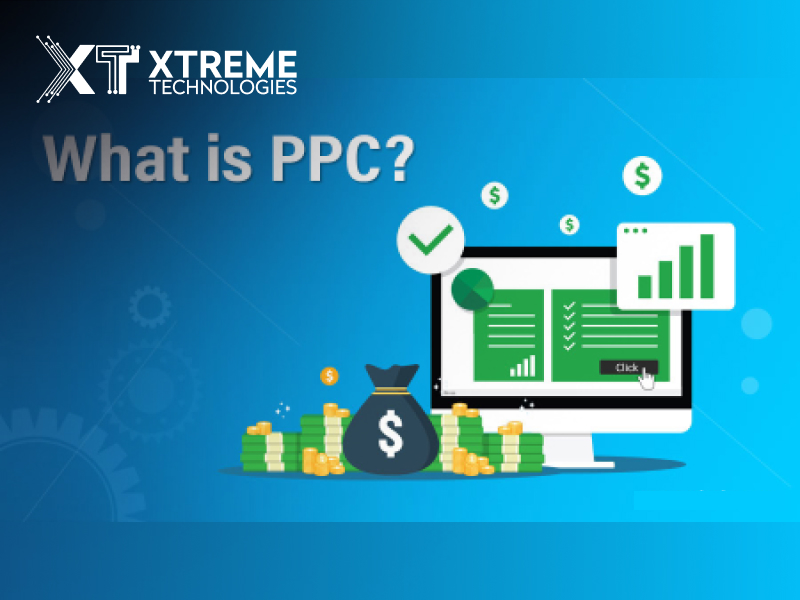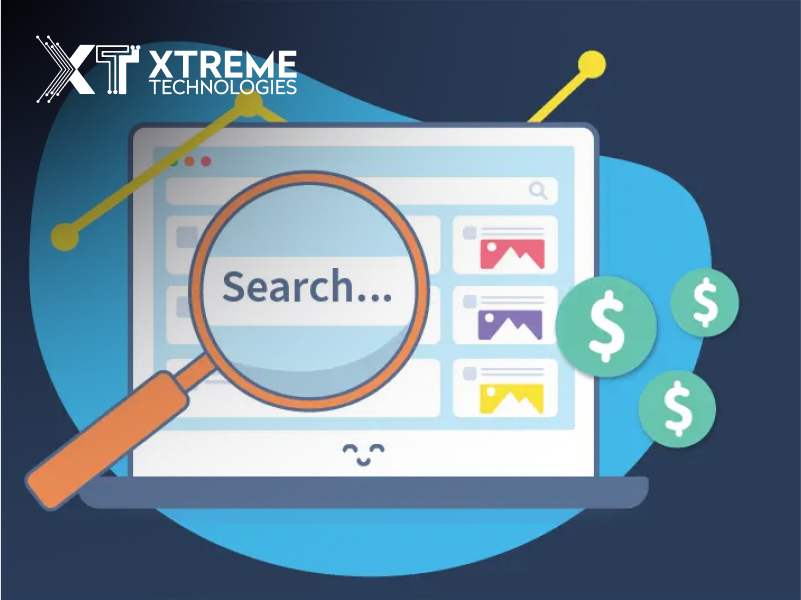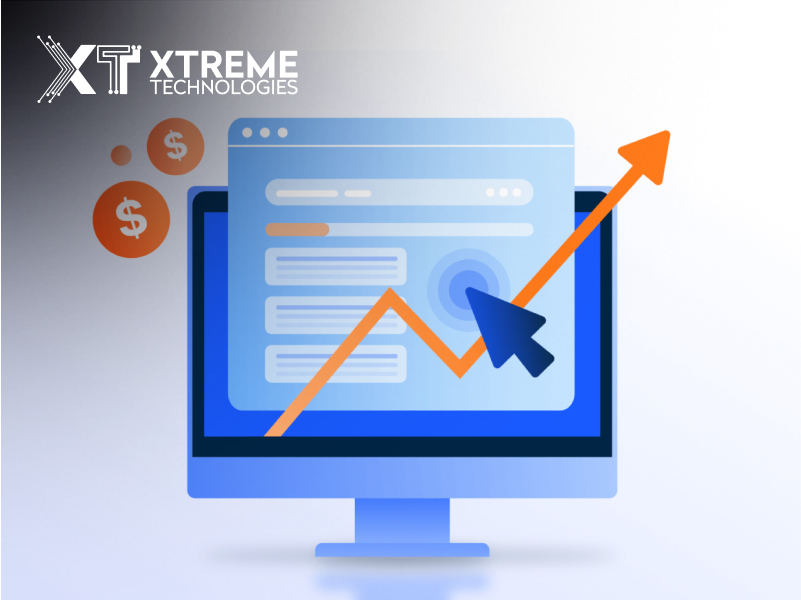
Understanding PPC Advertising: How Paid Search Marketing Works
All, Marketing, Pay Per Click,
Published on: May 31, 2023
In today's digital landscape, businesses are constantly seeking effective ways to reach their target audience and promote their products or services. One of the most powerful methods of online marketing is Pay-Per-Click (PPC) advertising. This article aims to provide a comprehensive understanding of PPC advertising and delve into the workings of paid search marketing.
What is PPC Advertising?
Pay-Per-Click advertising, commonly known as PPC, is an online advertising model in which advertisers pay a fee each time their ads are clicked. These ads are typically displayed on search engine result pages (SERPs), social media platforms, or websites, and they can be identified by the "Ad" label.
How Does Paid Search Marketing Work?
Paid search marketing, a subset of PPC advertising, primarily operates on search engines such as Google, Bing, or Yahoo. It involves advertisers bidding on specific keywords or phrases that are relevant to their products or services. When users enter these keywords into the search engine, the ads are displayed at the top or bottom of the search results page.
1. Setting Up a PPC Campaign:
To begin a paid search marketing campaign, advertisers must follow several key steps:2. Keyword Research:
Thoroughly researching and identifying relevant keywords is vital. Advertisers need to consider search volume, competition, and user intent while selecting the keywords that best align with their goals.3. Campaign Structure:
Advertisers organize their campaigns into ad groups, each targeting a specific set of keywords. This structure allows for better ad customization and relevance.4. Ad Copy Creation:
Compelling and engaging ad copy is crucial. Advertisers must craft concise and persuasive headlines, descriptions, and call-to-action (CTA) statements to entice users to click on their ads.Landing Page Optimization:
Directing users to a well-designed landing page that aligns with the ad's intent is crucial. A seamless user experience improves conversion rates and enhances campaign performance.1. Bidding and Ad Auctions:
Once the campaign is set up, advertisers participate in ad auctions. Advertisers place bids on the keywords they wish to target, indicating the maximum amount they are willing to pay for each click. However, the highest bidder does not always secure the top ad placement. Search engines also consider the ad's relevance, quality score, and expected click-through rate (CTR) when determining the ad's position. This approach ensures that ads with higher-quality content and user relevance have an equal opportunity to compete.2. Ad Rank and Positioning:
The ad rank is a metric used by search engines to determine the order in which ads appear on the SERP. It is calculated based on the bid, quality score, and expected impact of ad extensions and other ad formats. The ad with the highest ad rank will be displayed in the top position, followed by others in descending order.
3. Cost and Payment:
With PPC advertising, advertisers are only charged when users click on their ads, hence the name Pay-Per-Click. Advertisers have control over their budgets and can set daily or monthly expenditure limits. This flexibility allows businesses of all sizes to allocate their advertising spend effectively.Benefits of PPC Advertising:
1. Immediate Results:
PPC advertising generates immediate visibility and drives traffic to a website, making it an ideal solution for businesses seeking instant results.2. Targeted Reach:
Advertisers can target specific geographic locations, demographics, and user interests, ensuring their ads are displayed to the most relevant audience.3. Measurable and Trackable:
PPC platforms provide detailed analytics and reporting, allowing advertisers to monitor and measure the success of their campaigns in real time.4. Cost Control:
Advertisers have full control over their budget and can adjust bids and spending based on performance and return on investment (ROI). This level of control enables businesses to optimize their advertising efforts and achieve maximum efficiency.5. Enhanced Brand Visibility:
PPC advertising services allow businesses to increase their brand visibility by appearing prominently on search engine results pages. Even if users do not click on the ads, brand exposure can contribute to increased recognition and recall.6. Flexibility and Customization:
PPC campaigns offer various customization options, such as ad scheduling, ad extensions, and ad formats, allowing advertisers to tailor their campaigns to their specific objectives and target audience.7. Competitive Advantage:
PPC advertising enables businesses to compete with larger competitors by bidding on relevant keywords and gaining exposure alongside them. This levels the playing field and provides smaller businesses with a chance to reach their target market effectively.8. Remarketing Opportunities:
PPC platforms often offer remarketing features, which allow advertisers to target users who have previously visited their websites. This approach helps to re-engage potential customers and increase conversion rates.9. Continuous Optimization:
PPC campaigns provide extensive data and analytics, allowing advertisers to make data-driven decisions and continuously optimize their campaigns. By analyzing metrics such as click-through rates, conversion rates, and cost-per-click, advertisers can refine their strategies and improve campaign performance over time.Conclusion
PPC advertising is a powerful tool that enables businesses to reach their target audience, drive traffic to their websites, and achieve their marketing goals. By understanding the fundamentals of paid search marketing, including keyword research, ad creation, bidding strategies, and performance tracking, advertisers can create successful campaigns that deliver tangible results.Read Also: The Impact of PPC Management Services on the Field of Digital Marketing
With its flexibility, measurability, and customization options, PPC advertising remains a crucial component of a comprehensive digital marketing strategy in today's highly competitive online landscape.





Recent Comments